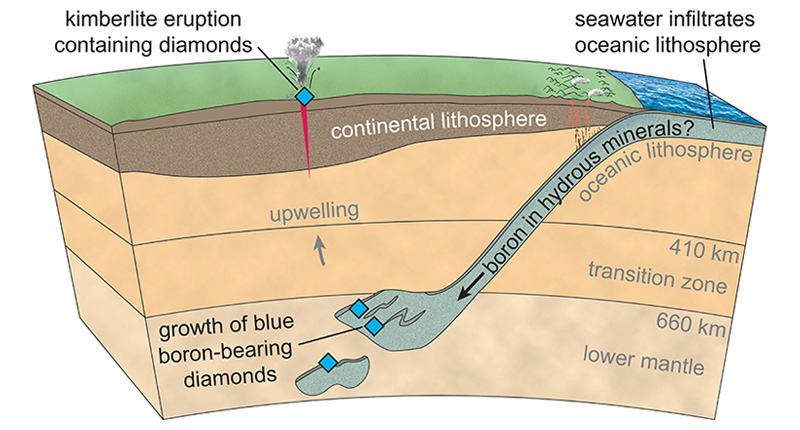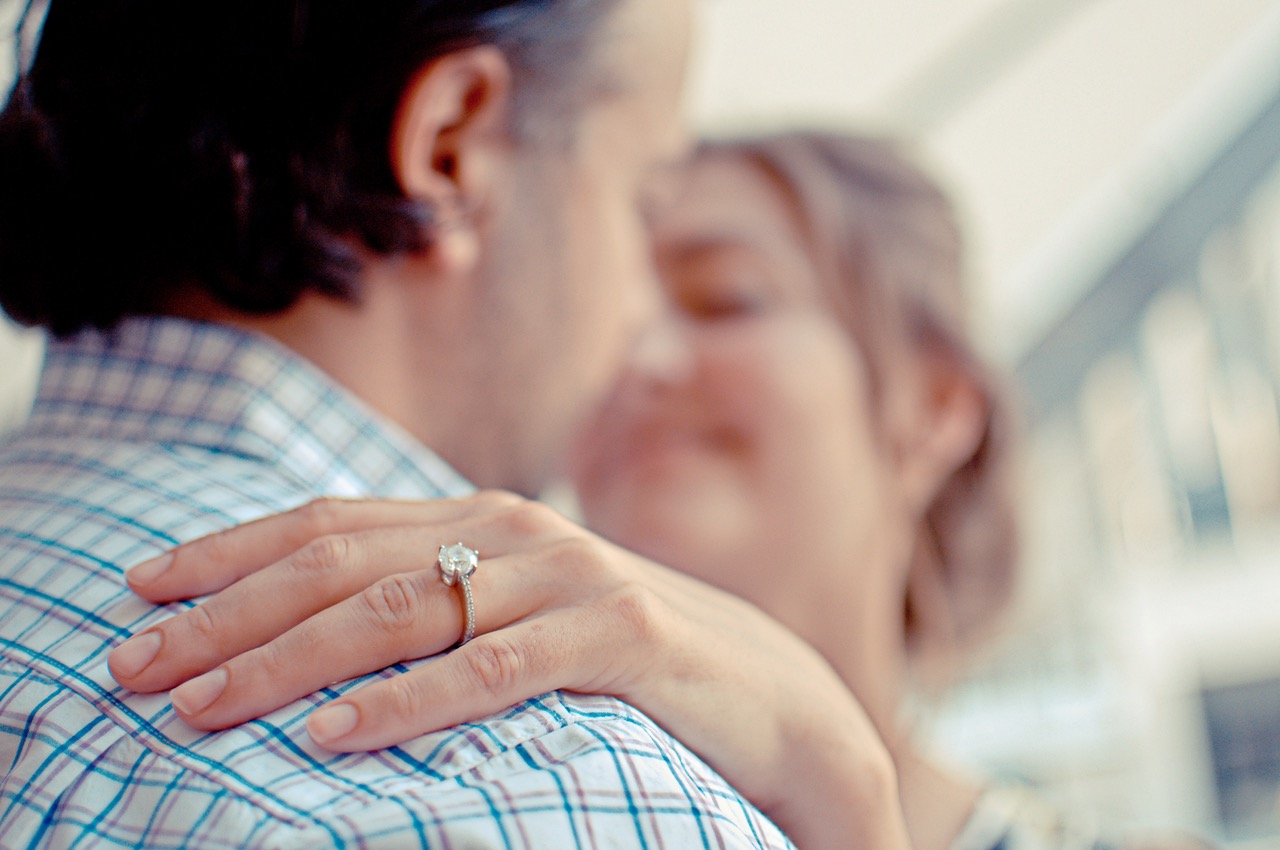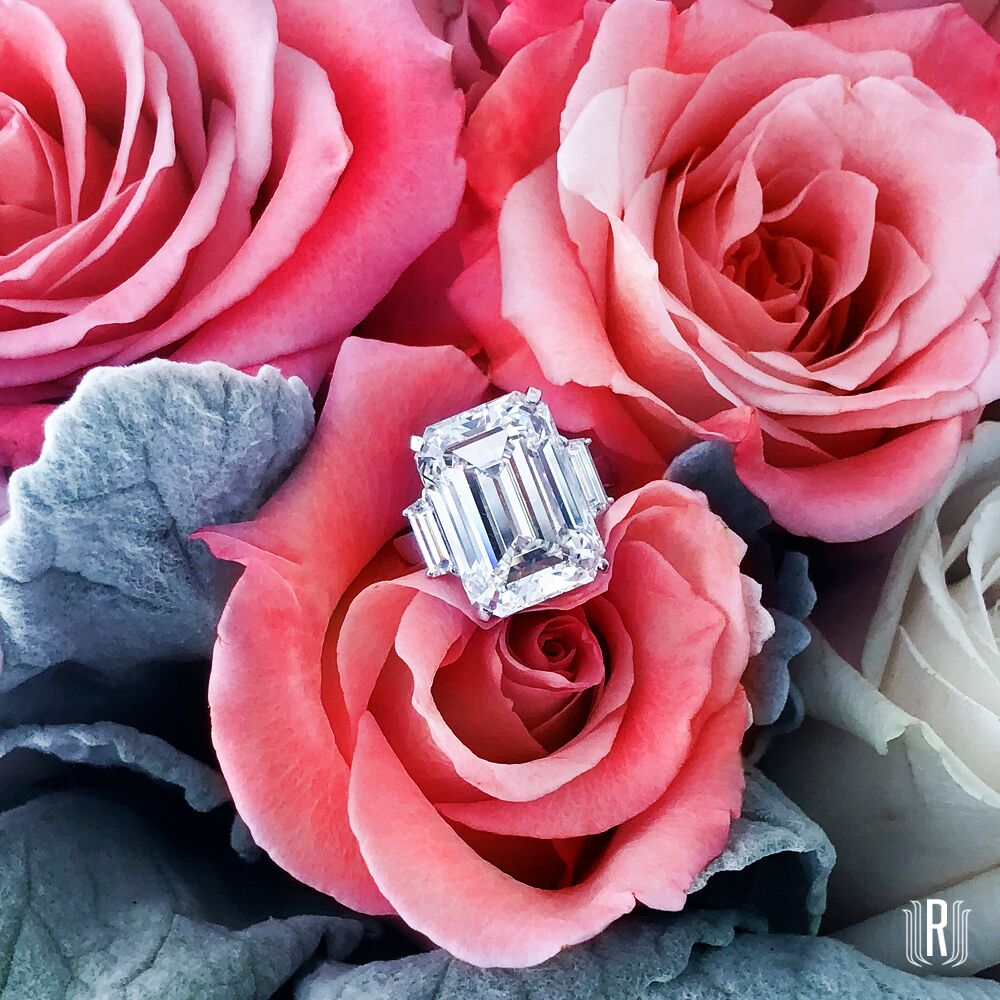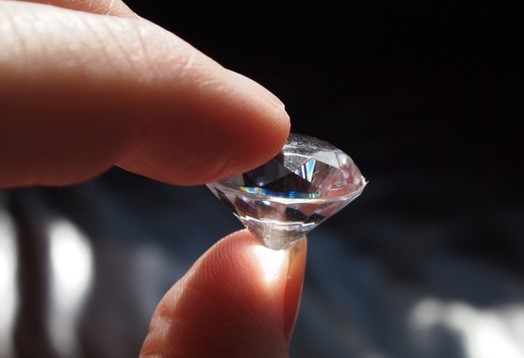Yellow Diamonds – Colored Diamonds

Enter into the exciting and highly exclusive world of fancy colored diamonds, where the traditional notions of diamonds being colorless shatters that concept. The first color diamond Schwanke-Kasten Jewelers will explore with you, is the yellow diamond; also known as the canary diamond.
Yellow Diamonds – A Canary Delight!
In the Superman comics, the hero crushes a lump of coal (carbon-based material) so hard that it produces enough heat and pressure to form a diamond for Lois Lane. While coal, under immense heat and pressure does not create diamonds, although they possess similar atomic makeups. However, when nitrogen enters the rigid structure of the composition of diamonds, they absorb blue light and give off a yellow shade in the visible light spectrum. The amount of nitrogen present in a yellow diamond will affect how light or dark the color is. Moreover, this logic of wanting more nitrogen, an impurity, naturally present in a yellow diamond is the opposite of a flawless white diamond. Additionally, gemologist give recognition to fancy color yellow diamonds a secondary hue such as orange or brown.
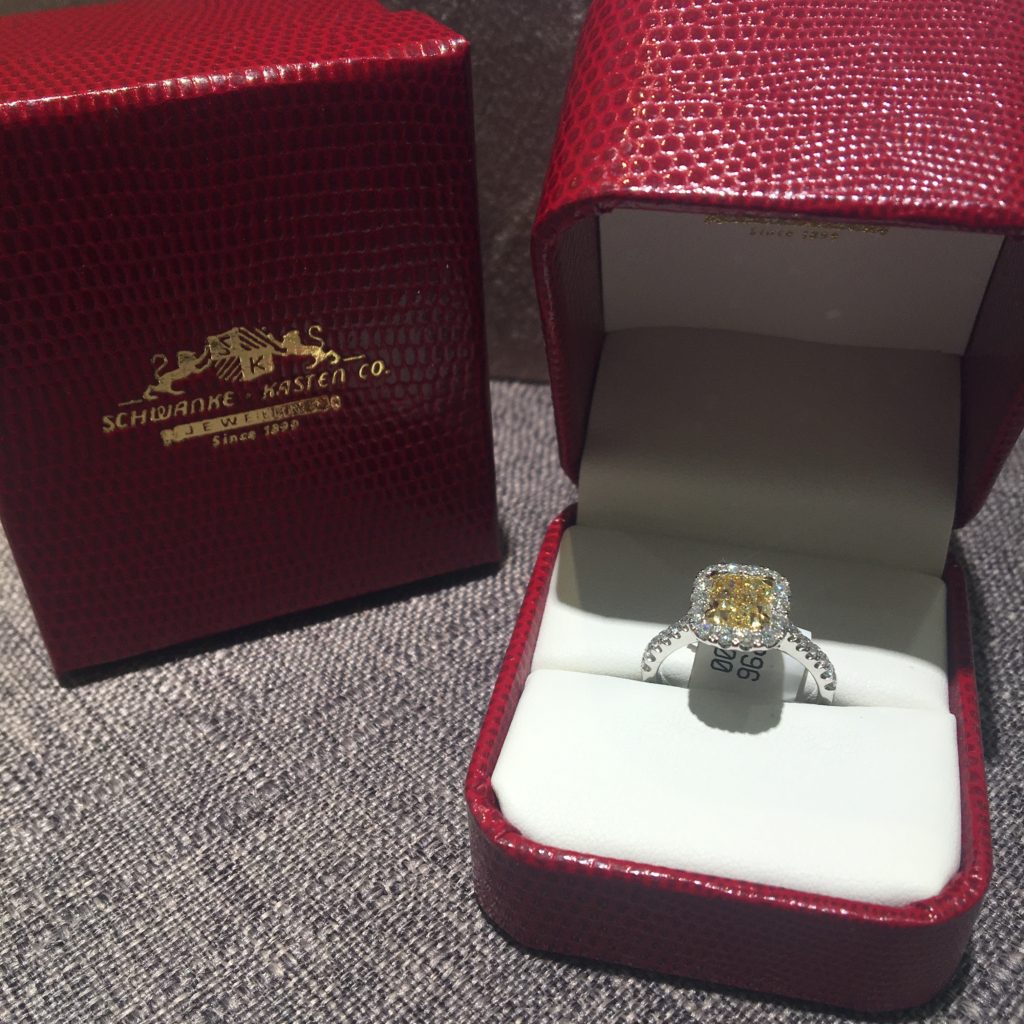
The GIA grades yellow diamonds slightly different than traditional white diamonds. Diamonds Pro sums it up nicely, “if the white diamond color scale [D – Z], were to continue past Z – all the way to a rich, yellow color – you’d have a Fancy Vivid Yellow Diamond”. Essentially this means that the best quality yellow diamond will be fully saturated with yellow and have no traces of whiteness.
Colored Diamond Scale:
Faint, Very Light, Light, Fancy Light, Fancy, Fancy Intense, Fancy Vivid/ Deep/Dark
Gemologists estimate that one out of about every 10,000 carats of diamonds are a natural colored diamond. Furthermore, 60% of those natural colored diamonds are yellow. So, while they are common among natural colored diamonds, they are still exceptionally rare among the grand scheme of things.
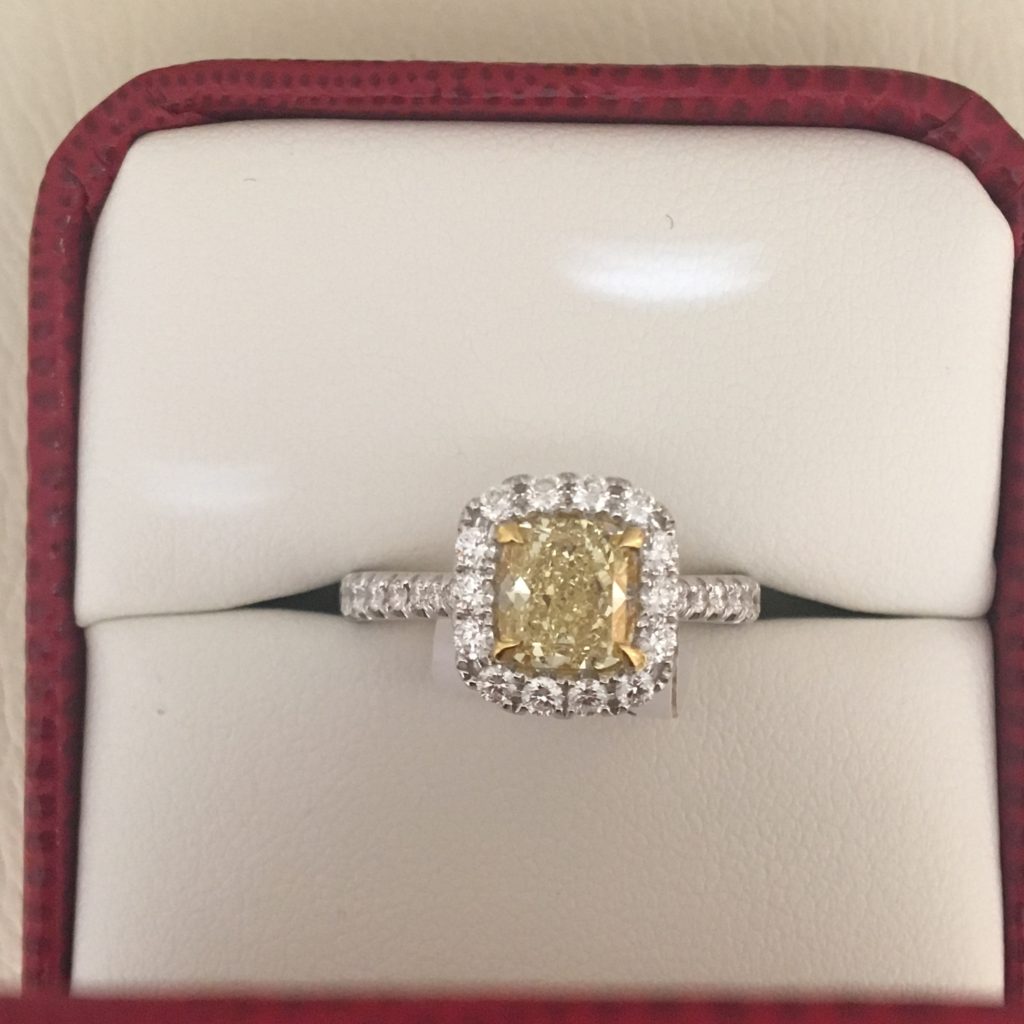
At Schwanke-Kasten Jewelers, we are fortunate enough to have a gorgeous example of one set in a beautiful engagement ring. This 1.39 cushion cut, fancy yellow diamond is set with 0.56 carats of round diamonds on the halo and down the shanks in 18kt white gold! We would love to see you propose with this stunning diamond engagement ring! Additionally, stop by Schwanke-Kasten Jewelers to peruse our exceptional collection of diamond engagement rings in Milwaukee and Whitefish Bay.

